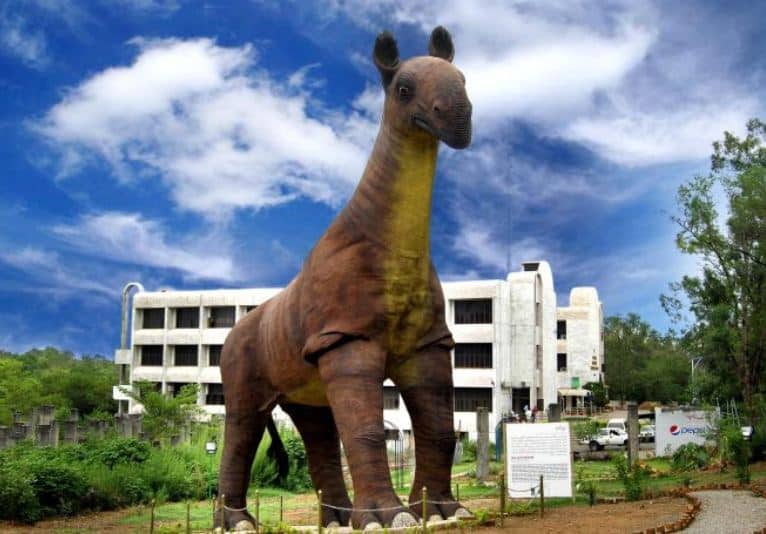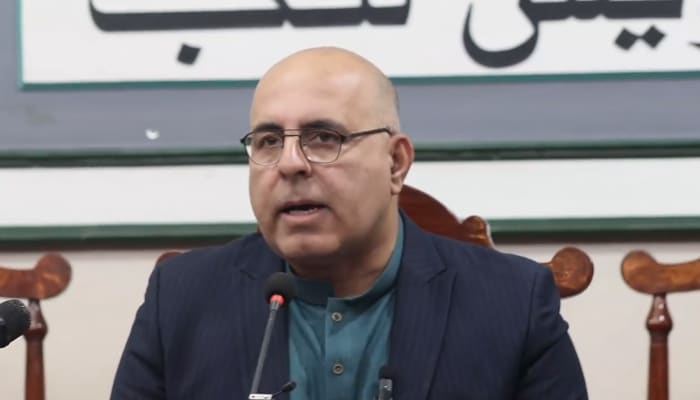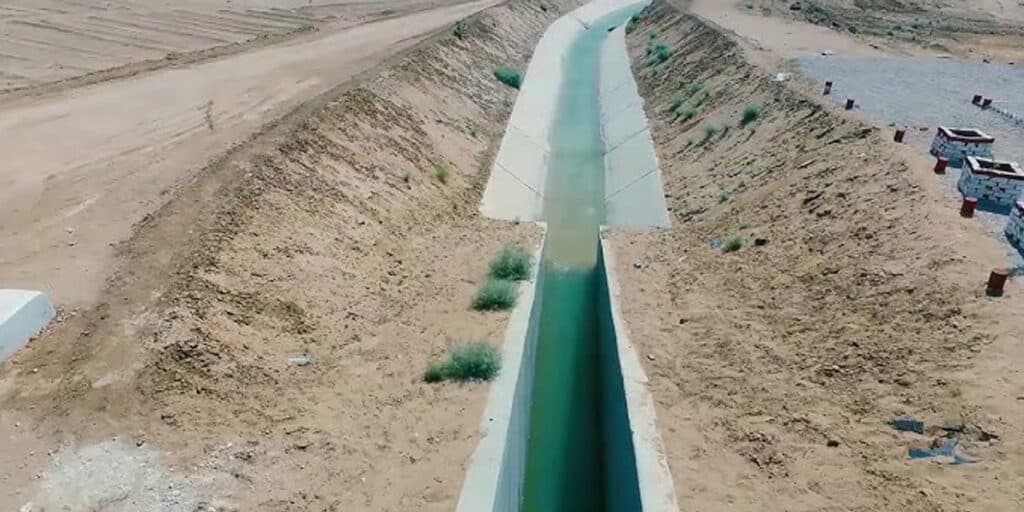ISLAMABAD: Visitors at the Pakistan Museum of Natural History stop in awe. Towering above them is the massive skeleton of Baluchitherium, also known as the “Beast of Balochistan.” It is one of the largest land mammals to ever walk the Earth.
The ancient giant stood 18 feet tall and weighed 20 tons. It roamed the green forests of Balochistan nearly 30 million years ago.
Its size and story fascinate people from all backgrounds.
“This discovery is a proud moment for Pakistan,” said Dr. Saima Huma Tanveer, the museum’s Director General. “It reminds us that Balochistan was once full of life and greenery—very different from today.”
The first fossils were found in 1908 in the Bugti Hills. In 2000, a joint Pakistani-French team uncovered an almost complete skeleton.
Now, the reconstructed fossil stands in the museum’s main hall. Hundreds of visitors come daily to see it.
“These bones do more than impress—they tell the story of Earth’s past,” said Ubaidullah Azeem, the museum’s Operational Manager.
“They spark curiosity and help students understand how life and climate have changed.”
He smiled and added,
“This is our very own Pakistani dinosaur for our children to admire.”
Among the crowd, Sara Ahmed, a young mother, watched her two children circle the display. Their eyes were wide with wonder.
“They’ve only seen dinosaurs in cartoons,” she said. “Seeing one in real life is magical. They’re asking questions and learning without even knowing it.”
Her son sketched the massive legs in a notebook. Her daughter ran her fingers along the glass case that held smaller fossil bones.
A few steps away, university students from Lahore took notes and photos for a paleontology assignment.
“Reading about Baluchitherium is one thing,” said Ali Raza, a geology major. “But standing here, looking at it—it’s breathtaking. Pakistan has a rich prehistoric history.”
Another student, Maryam Khalid, said the visit inspired her.
“I want to work in museum science now,” she said. “We need more places like this where people connect with the past.”
Foreign visitors also admired the exhibit.
Rebecca Turner, a tourist from Europe, stumbled upon the museum by chance.
“I’ve visited museums in London, Paris, and New York,” she said. “But this caught me by surprise. It’s stunning. The display is well done, and the story is told beautifully.”
She said she would recommend the museum to other travelers.
From excited schoolchildren to dedicated researchers and curious tourists, Baluchitherium has become the museum’s star attraction.
More than just bones, it tells the story of a time when giants roamed what is now Pakistan. It connects people to a greener, wilder, and grander world.





